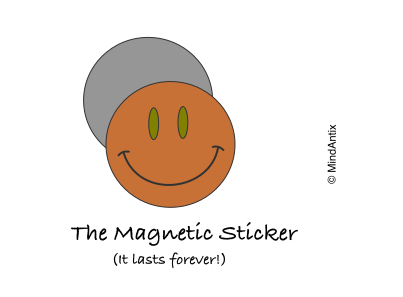The Wright brothers, Orville and Wilbur, after experimenting with gliders for a couple years, built and tested their first powered plane in 1903. The flight lasted 59 seconds. The next year, after making some design improvements, the brothers managed to stay in air for more than 5 minutes. And finally in 1905, they broke all records by flying 24.5 miles in a little over 38 minutes and landing safely when the fuel ran out.
Interestingly, despite having witnesses and photographic evidence, people were skeptical that two bicycle repairmen, with no expertise in designing airplanes, would have beaten well-funded experts in the field who were actively building their own planes. In fact, a 1906 article on the Wright Brothers in the Paris edition of the Herald Tribune was captioned “FLYERS OR LIARS?”. It took another couple of years for people to finally accept that the Wright brothers had indeed managed to create a flying machine. So how did these two amateurs end up outthinking the experts?
To fully understand that, you have to look at what some educators believe our current education system lacks. Dr. Maureen Carroll, Director of Stanford University’s Research in Education & Design Laboratory, is an advocate for introducing Design Thinking into the K-12 classroom. Our educational focus, thus far, has been on building analytical thinking skills. But, as she explains, “While analytical thinking is critically important, design thinking blends in equally powerful creative thinking.” And, “It’s not that creative thinking is more important… a blend of both types of thinking are more productive for finding truly unique and transformative innovation.”
So, what does the design thinking process look like? As Dr. Carroll and her colleagues describe, the design thinking process has six key components – Understand, Observe, Point of View, Ideate, Prototype and Test. This is an iterative process, and not a linear one. Making prototypes and testing helps in understanding what works and what doesn’t, and in modifying the point of view.
How does this all relate to the Wright Brothers? Essentially, what made the Wright brothers succeed, was their exceptional design thinking skills. In an analysis of the Wright brothers’ thinking, Johnson Laird proposes that the brothers superior reasoning skills gave them the edge over others. Wilbur first spent three months reading up about aeronautical history and recognizing some of the gaps in the knowledge (understanding). They also developed their own, unique point of view on what factors would be most important in designing airplanes. For instance, while Wrights’ contemporaries believed building a light but powerful motors was key, the brothers believed that the ability to control the the plane was more important. They also used analogies from bicycles and nature to design specific parts of the plane (ideation, creativity). And of course, they spent years observing, iterating and building prototypes to test out their ideas.
Encouraging design thinking is the goal behind the Make-It-Better category of MindAntix Brainteasers. The goal is to look at everyday objects – understand how they evolved the way they did, observe how people use them, develop a point of view about what could be improved about them and then come up with ideas on how to make them even better. Design thinking, like other creative problems, helps build both critical and creative thinking. And because of the focus on users, it also helps build empathy. As Carroll and colleagues explain, “Empathy develops through a process of ‘needfinding’ in which one focuses on discovering peoples’ explicit and implicit needs.”
After my son had done a couple of these brainteasers, he identified his own problem – he wanted to make stickers better. His problem was that stickers lose their stickiness quickly when you try to use them on different shirts (well, it was a problem for him). His solution was to attach the sticker to one magnet and use another magnet to hold it in place. Not bad for a six year old!
Developing basic design skills isn’t hard, even without having to prototype and test. There are hundreds of objects we interact with everyday that are waiting to be improved upon. All it needs is an inclination to pause, reflect and imagine.

